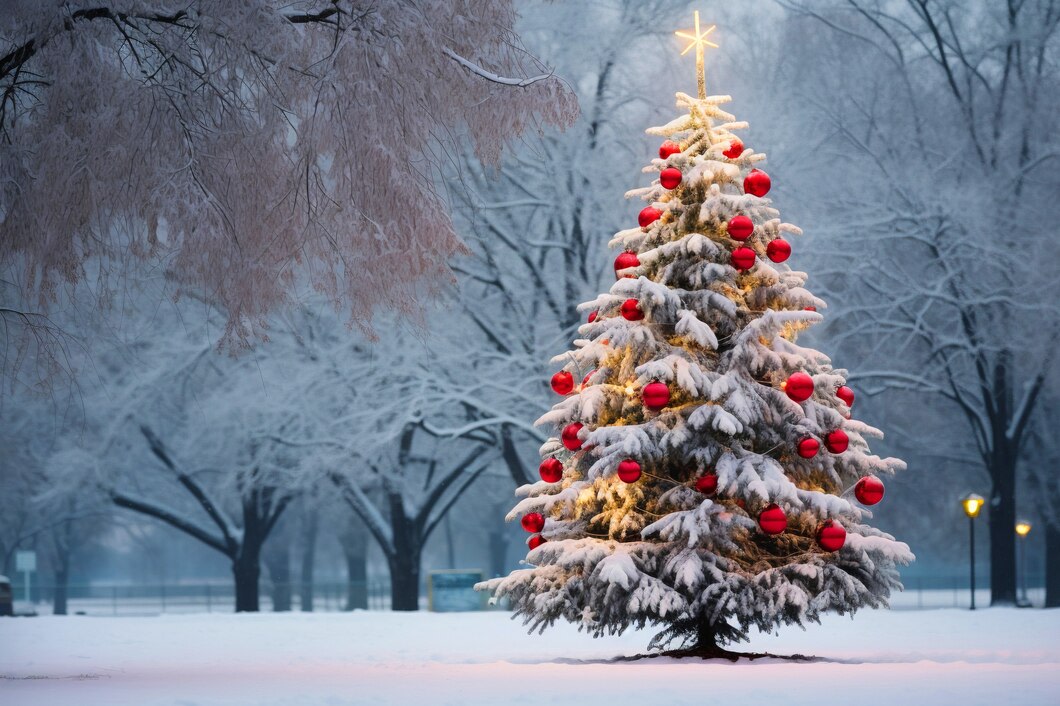Are Real Christmas Trees Better for the Environment?

Locally grown, sustainably certified trees reduce supply chain emissions.
Use 'less perfect' trees; they require no fertilisers or chemicals in their growth, helping preserve soil and water quality.
By mid-November, people worldwide start feeling Christmassy and plan extensively on how they want to spend Christmas in December with family and friends. The Christmas tree is one of the most important aspects of the celebrations.
It is a real joy to see it adorned with little Santa Clauses, baubles, and other decorative items in one of the corners of your house, in front of your front door, or at the dining table—wherever you think it fits best with the festive season vibes.
Today, younger generations, particularly Millennials and Gen Z, are becoming increasingly environmentally conscious. They look for sustainability in almost everything they buy. So, whether you are one of them or from the previous generation, have you ever considered the environmental impact of real Christmas trees?
Before finalising your Christmas tree decoration plans, here are a few points to consider for sustainable Christmas and New Year celebrations each year.
Benefits of Real Christmas Trees
These Christmas trees support local economies and rural landscapes because they are largely grown on plantations, supporting jobs and retaining open land that might otherwise be used for parking lots or other purposes, such as housing.
They provide nesting grounds for birds and insects in areas with intensive agriculture and flourish wildlife. They also absorb carbon dioxide (CO2) while growing, though this carbon is released back into the atmosphere when a tree is cut down. However, since Christmas is celebrated every year when a new tree is cut down, another can be planted, helping offset the carbon.
Environmental Concerns
Having mentioned the benefits, it is important to understand the disadvantages of Christmas tree plantations. The use of chemicals such as fertilisers and pesticides in tree farming can result in enormous carbon emissions and significantly affect soil and water quality in the plantation.
It is quite common to see these trees in landfills after the year-end celebrations. This careless approach can release toxic gases like methane, a greenhouse gas more dangerous than CO2, into the atmosphere.
How Can We Overcome These Environmental Concerns?
Here are some constructive steps we can take to address the problem of Christmas tree pollution:
Recycle them into mulch and compost, or use them for habitat restoration to lower carbon footprints.
Adopt wood chipping as a sustainable tree care solution to prevent methane emissions from fallen trees.
Renting trees or buying live, potted trees helps with replanting after the holiday season. This reduces waste and increases carbon storage.
Christmas trees' environmental impacts hinge on the way we grow, use, and dispose of them. A real Christmas tree has ecological and cultural benefits. It all comes down to the choices we make each season, such as renting, recycling, or buying sustainably sourced trees, which determine whether our celebrations are eco-friendly and the Christmas trees environmentally responsible.

